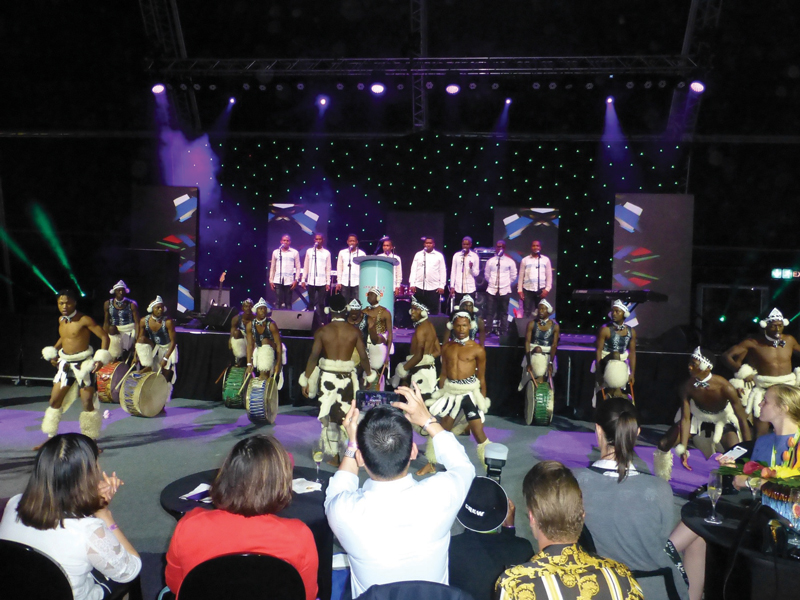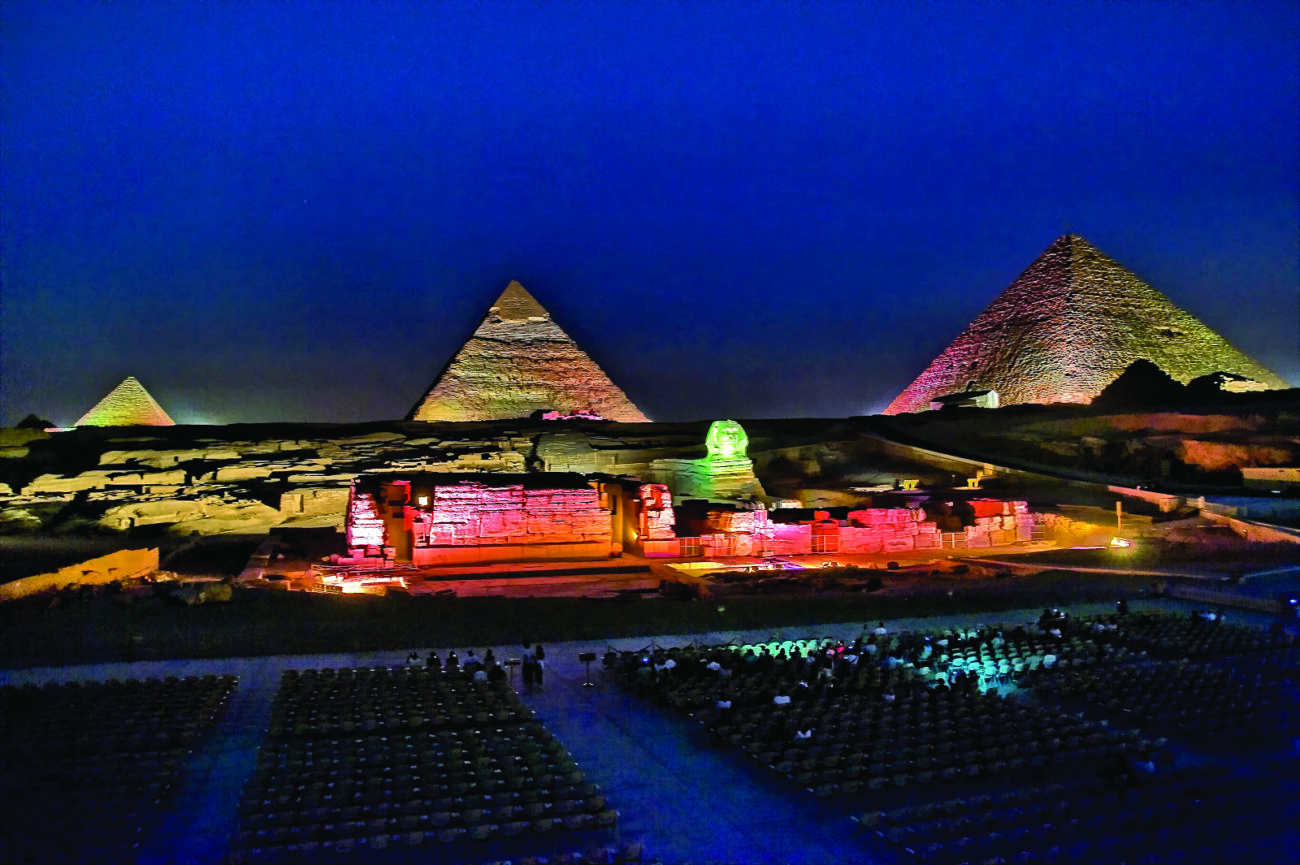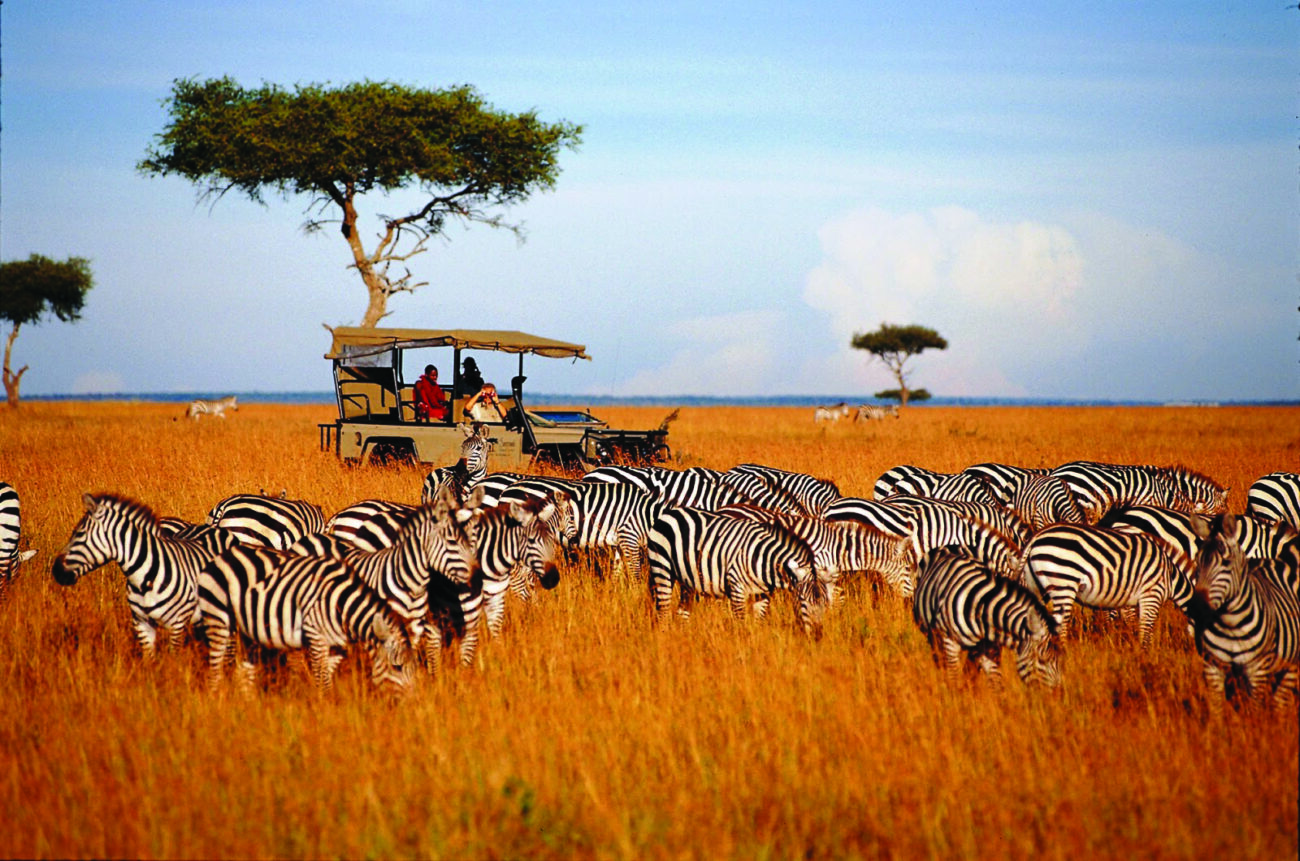Africa’s Travel Indaba 2019
Sawubona. South Africa’s coastal city of Durban recently welcomed

the world to Africa’s Travel Indaba, the continent’s largest travel trade show. The three-day extravaganza was held May 2-4 in the Inkosi Albert Luthuli International Conference Centre (ICC) and adjacent Durban Exhibition Centre (DEC), steps from Durban’s celebrated “Golden Mile,” four miles of sandy beaches, resort hotels and seaside attractions along the Indian Ocean.
Celebrating the 25th anniversary of a democratic South Africa, the theme of Africa’s Travel Indaba 2019 was “Africa’s Stories, Your Success.” Before ringing the brass ship’s bell to officially open the show, South African Minister of Tourism Derek Hanekom gave his opening address, noting: “Too often the real stories of Africa are not told and not heard.”
Challenging Indaba’s 1,000 exhibitors and 1,500 buyers, along with hundreds of members of the international media, Hanekom declared, “Let’s work together to replace the sometimes negative narrative of Africa with the real story of so many nations on the move, of people innovating and moving confidently into the future.”
Good news for Africa is the huge growth in tourist arrivals. In 2018, Hanekom said Africa saw 67 million international arrivals-an increase of nearly 14 million arrivals from 2017 when the Ebola crisis struck. That represents 7% growth for Africa, above the 6% global average.
By 2030, the United Nations World Tourism Organization (UNWTO) predicts that 1.8 billion people will be traveling globally. Africa is expected to increase its share of international arrivals from 5% to 7%, doubling current arrival numbers to 126 million visitors. Reaching that lofty goal, said Hanekom, requires the cooperation of all segments of the travel industry. But he was quick to point out that, for travel-industry players and travelers alike, the beauty and diversity of Africa represents a huge untapped potential.
In Africa, “we have majestic mountains and smiling hills, pristine beaches, and abundant fauna and flora,” said South African President Cyril Ramaphosa in Africa’s Travel Indaba’s closing address on May 4.
“We have world-class national parks…vast expanses of majestic scenery from Erg Chebbi in the ancient Sahara desert, to the mountain highlands of Virunga, to the savannah grasslands of the Masai Mara, to the place at the southern tip of our continent where the Indian and Atlantic Oceans meet,” continued Ramaphosa, who appeared at Indaba four days before the National Election returning him to the Presidency.
In Africa, there are “135 World Heritage Sites,” noted Ramaphosa, “[and] a range of sporting, recreational and leisure activities.”
Though various African nations have benefitted from increased arrivals, Ethiopia experienced Africa’s largest increase at 48.6%, Hanekom announced. He attributed that growth to the success of national carrier, Ethiopian Airlines, as well as the country’s relaxed visa requirements.
Kenya experienced the second-largest growth in Africa with a 37% increase, passing 2 million international arrivals for the first time.
Tourism has provided a much-needed boost to Africa’s economy, said Hanekom, but there is still much to be done.
“Directly and indirectly, tourism contributed 8.5% to the African GDP in 2018, supporting over 24 million jobs, or 6.7% of all jobs,” he noted. “But it is well below the global average of 10.4%. What this tells us is that we have huge unrealized potential to unlock.”
Africa’s huge potential was immediately evident as participants at Africa’s Travel Indaba streamed into the International Convention Centre (ICC) and Durban Exhibition Centre (DEC).
Among more than 1,000 exhibitors, virtually all southern Africa’s tourist boards were represented, including Botswana, Eswatini (formerly Swaziland), Ethiopia, Mozambique, Namibia, Uganda, Zambia and Zimbabwe.
Indaba host country South Africa was well represented with exhibitors from major cities like Cape Town, Durban and Johannesburg as well as the provinces of the Eastern Cape, Free State, Gauteng, KwaZulu-Natal, Limpopo, Mpumalanga, the North West, Northern Cape and Western Cape.
Major international airlines with service to Africa were represented, including South African Airways, South Africa’s flagship carrier; British Airways’ partner Comair, and Emirates airline, which debuted a full-size model of its luxurious new business-class compartment. Also aboard Indaba were regional carriers Airkenya Express, Air Madagascar, Air Namibia, Air Zambia and Air Zimbabwe.
Representing the hospitality arena were major international companies like Hilton and Marriott; Tsogo Sun, Africa’s largest hotel company, and five-star game lodges like Saxon Hotels’ Shambala Private Game Reserve near Johannesburg, and Singita, with 15 luxury lodges in Rwanda, South Africa, Tanzania and Zimbabwe. Hundreds of tour operators and safari companies were also on hand.
A separate “Hidden Gems” area showcased small, lesser-known tour and safari operators; museums, and farms, guest houses and boutique hotels.
The “Lap of Luxury” area showcased some of Africa’s most high-end experiences like the famous Blue Train. On the South Lawn between the ICC and DEC was a full-scale vintage train car from Rovos Rail, which also operates luxury South African train trips.
Africa’s Travel Indaba also offered countless opportunities to enjoy Durban’s warm hospitality. Participants enjoyed an on-site coffee shop, plus a complimentary lunch, including various curries, a specialty of Durban, boasting the largest Indian population
outside India.
In the grassy Coast of Dreams, between the two convention centers, Indaba participants networked and made deals at umbrella-shaded tables while listening to local bands, sipping South African beer and soft drinks, and sampling delicacies from various stalls as well as meats and wild game grilled on the braai.
In the tented Sustainability Village, participants shopped for locally made items, including brightly patterned African shirts and dresses, paintings and wooden sculptures, and the colorful Zulu beadwork that Durban and KwaZulu-Natal Province are famous for.
There was dazzling nightlife, too. At the opening evening gala at Suncoast Casino’s Globe Theatre, participants enjoyed samoosas and cocktails, a South African buffet dinner, and entertainment ranging from traditional Zulu dancers in white-fur anklets to elegantly attired South African singers.
Throughout Africa’s Travel Indaba, evening shuttle-buses ran to Florida Road, Durban’s famed nightlife area, with art galleries, boutiques, restaurants and bars in quaint Edwardian-style buildings.
For more on Africa’s Travel Indaba 2020, visit www.indaba-southafrica.co.za, www.visitdurban.travel and www.southafrica.net




